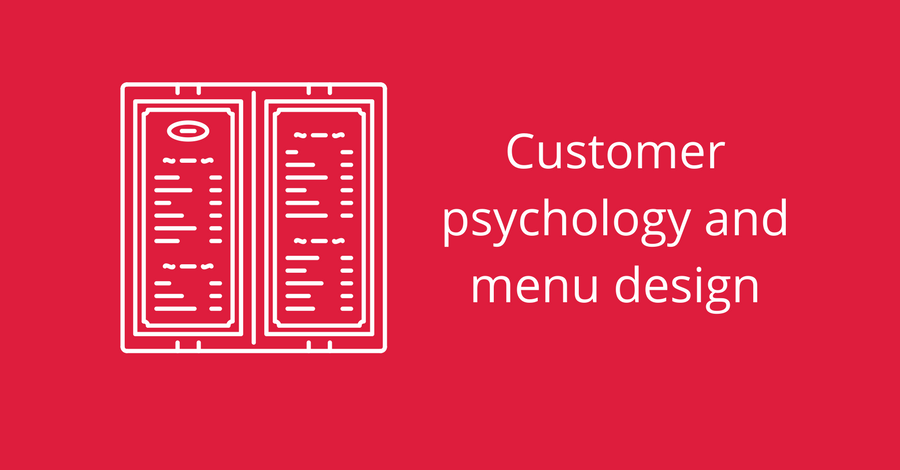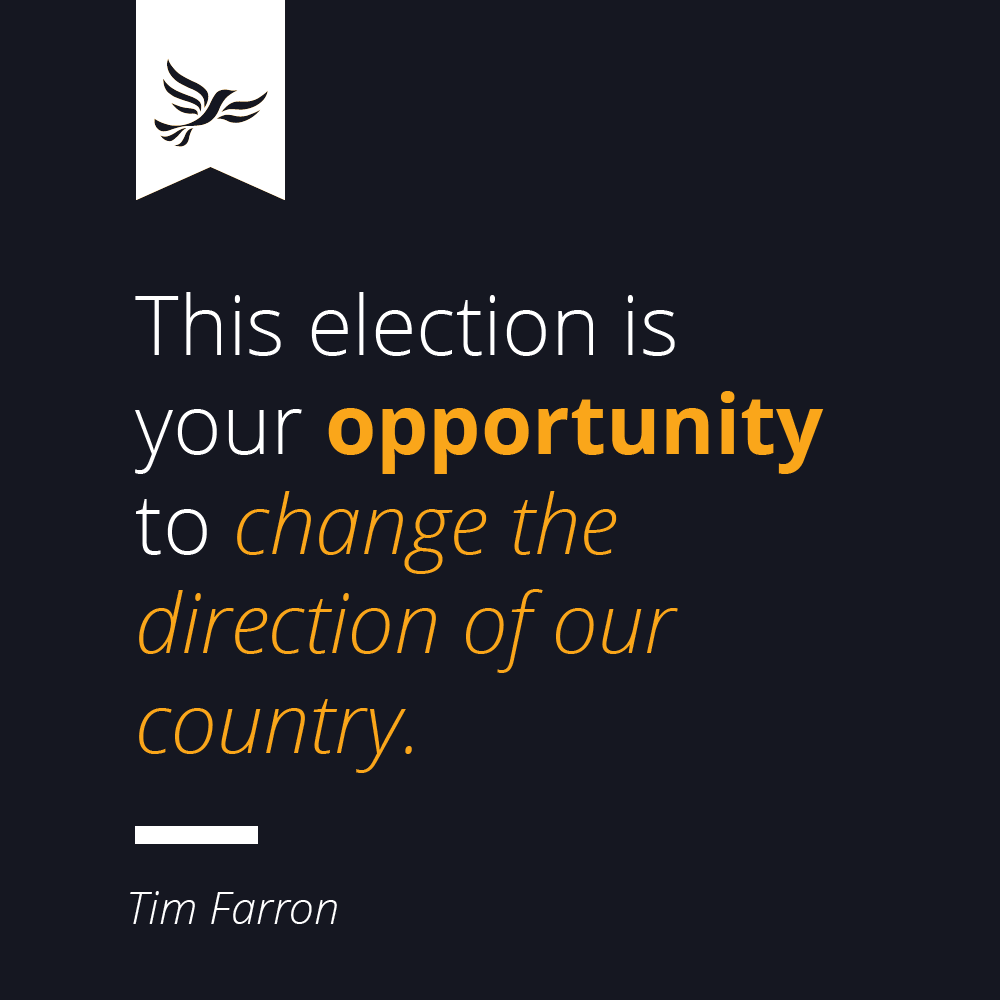
A phrase I hear a lot (because apparently, my friends are the kind of people who have those conversations) are “why would anyone pay for internet pornography when there is so much free stuff available?”
But if nobody is buying online porn anymore, someone should probably tell the industry. Because they seem to be bringing in as much revenue as ever. In fact, adult industry revenues continue to grow.
It would seem, then, that men are still paying for porn. Here is why.
There is too much free porn online
Have you ever bought a book or a course? Probably. It’s just a generic statement that everybody will have done. The question is, why, though. All the information is on the internet. There are trillions of pages out there, a lot of it valuable stuff.
So why would you spend £10 on a book when you can find it free online? Why would someone spend $1,000 on an online training programme when all of the information they need to learn any skill is already there in Google, and YouTube, and Wikipedia, and so on.
It comes down to this: have you tried finding it?
There is so much information online that we were saturated a decade ago. Finding all of the information you need, curating it together and forming it into a structure that teaches you a topic or skill is a nightmare. It’s so bad that we would rather pay an expert to do it for us.
Which is why we’re still buying books. And courses. And porn. Why waste your time searching the internet when you can just pay a company £15 to deliver it to you. People’s time is valuable and we live in the rich west. It’s a fair trade.
You get higher quality
Sure, there is loads of free stuff out there. But how much of it matches the quality of the stuff being put out by Digital Playground or Kink.com?
None of it. The 2005 film “Pirates” had a reported budget of over $1 million. It’s 2008 sequel, “Pirates II: Stagnetti’s Revenge”, spend over $8 million. No two-bit operation cranking out free stuff is matching those production values.
That’s not to say that people don’t indulge in the free samples as well. But for those times when you want to eat gourmet, you have to put your hand in your pocket.
The industry has evolved
Revenue is up overall. However, admittedly, it is down for some of the traditional studios. But this matches media in general.
It used to be that bands made an album, and made all their money from the sale of that album, and toured to make sure that people bought the album.
Then digital piracy arrived, and everyone realised they could get it for free. Or pay Spotify £10 per month, which the arts see very little of. Spotify pays the record labels £7 of that money, but somewhere before reaching the artists it mysteriously goes missing.
So, now bands make very little money off the albums, but a lot of money from selling their £70-per-ticket arena tours. And because they are dependent on ticket sales, they now play all of their classics, rather than that new shit that nobody wants to listen to. The bands are still making money, and we’re getting the songs we want live. Everybody is a winner.
The music industry evolved.
So did the porn industry. It used to be that if you wanted to spend £20, you could buy a VHS of a dirty movie. Now you can spend that £20 to dictate to a Romanian woman exactly what you want her to do on a live webcam.
Sure, you might have to book in advance and pay a little extra if you want her to cover herself in yoghurt. But she will. And it’s a way better experience than watching a pre-determined movie in which the plot is “everyone loses their clothes and has sex for no reason”.
You avoid all of those horrible ads
Have you seen TV advertising? It’s awful. Nothing is relevant. I’m not looking for a new car, or to compare meerkats, or for a new brand of washing powder. In fact, it’s so bad, that the only way it can be made economical is for the TV channel to show us a solid 14 minutes of adverts per hour.
Then Netflix came along and said, “you can pay us £6 a month and make all of that nonsense go away”. And 93 million of us did because £6 a month is nothing and 14 minutes of our lives (per hour!) is loads.
We made a similar trade with the adult industry.
Trawling through free porn sites means enduring a deluge of irritating ads. I have no interest in a penis enlarger pump. I am perfectly happy my existing penis enlarger pump.
You can try and install an ad blocker. But it won’t work. The porn industry were the people who invented online video streaming in an age when it didn’t exist. They know their stuff. They know how to avoid your ad blocker even though nobody else has managed to launch a pop-up in ten years.
Who would endure that when a small amount of money makes it go away?
Conclusion
Men pay for internet pornography because the adult industry has continued to provide enough value to make it worth paying for. Whether it is providing higher quality, more niched, fewer ads or live webcams, they make a product which is good enough to make people pull out their wallets.
This should come as no surprise. How do bottled water companies make money when the stuff literally falls from the sky? Or newspapers continue to profit when you can get all your news from blogs and Twitter? The answer is a product that people think it worth paying for because it is better.
As long as they continue to do that, men will keep paying for it.
P.S. If my wife is reading this, you should note that this article is really about marketing and consumer behaviour, rather than watching porn.















